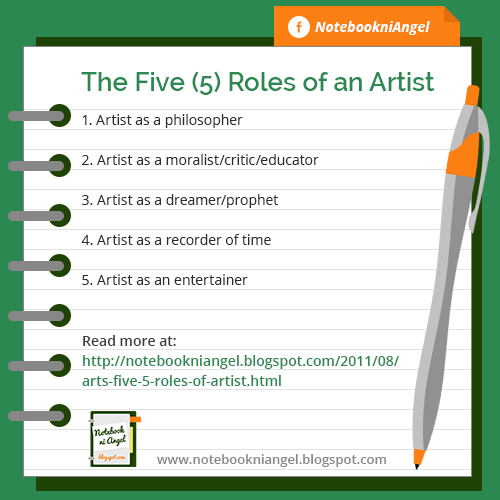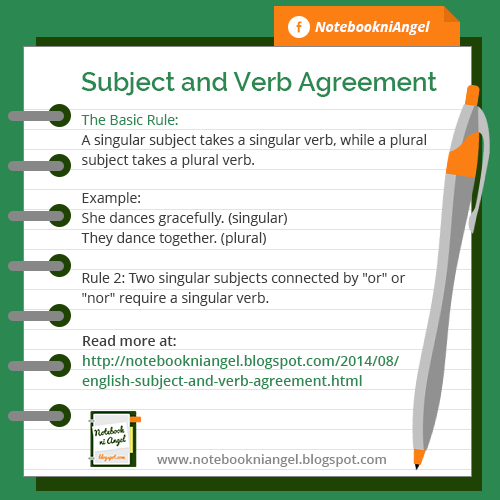Elements of Visual Design
Here are 9 important elements of visual design. These serve as the fundamentals and building blocks of art and design.
- Dot
- A dot is the simplest element of design.
- It marks a position in space.
- It is also the meeting point of two coordinates in 2-dimension or three coordinates in 3-dimension.
- Line
- You can form a line when you connect two or more dots.
- It can be fat, thin, wavy, or jagged.
- It can be a geometric, uniform-width line.
- It can be an organic, non-uniform width line.
- Shape
- A shape is a 2-dimensional area with a known boundary.
- When you connect three or more dots, you can form a shape.
- Shapes are the building blocks of graphic design. They are the figures and forms used to create logos, illustrations, and other elements that appear in a graphic design.
- Types of shapes:
- Geometric: Shapes like circles, triangles, squares, and rectangles.
- Organic: Shapes that resemble natural objects/shapes found in nature - such as a leaf, a flower, etc.
- Abstract: Shapes that are free form like bubbles, spirals, etc.
- Color
- Colors are used to differentiate parts and add emphasis/depth to design elements.
- Three main characteristics of colors:
- Hue (red, green, blue)
- Value (how light or dark)
- Saturation (how bright or dull)
- Texture
- In the physical world, the texture is the quality of the surface of an object.
- Types of textures:
- Tactile Textures: Textures that you can feel and see (such as the texture of your phone case).
- Implied Textures: Textures that you can only see (such as texture on your phone screen wallpaper).
- Typography
- Typography is both an art and a technique of arranging letters to make written language easy to read/understand and to make it appealing when displayed.
- Typography sets a mood or implies an emotion. When done well, it helps in recognizing a brand.
- Form
- A form is an object that is 3-dimensional and has width, height, and depth.
- It can be used to define space, create contrast, and visually add volume to a composition.
- Types of forms:
- Geometric
- Organic
- Grid
- Grids serve as the foundation or framework where a design is made.
- It allows a designer to organize various design elements on a page.
- Layout
- A layout is the arrangement of visual elements in a design.
- It looks like a visual draft that indicates where each element will be placed.
- It is typically constructed within a grid.
- The layout has active and passive areas depending on the way the eye scans it.



Comments
Post a Comment